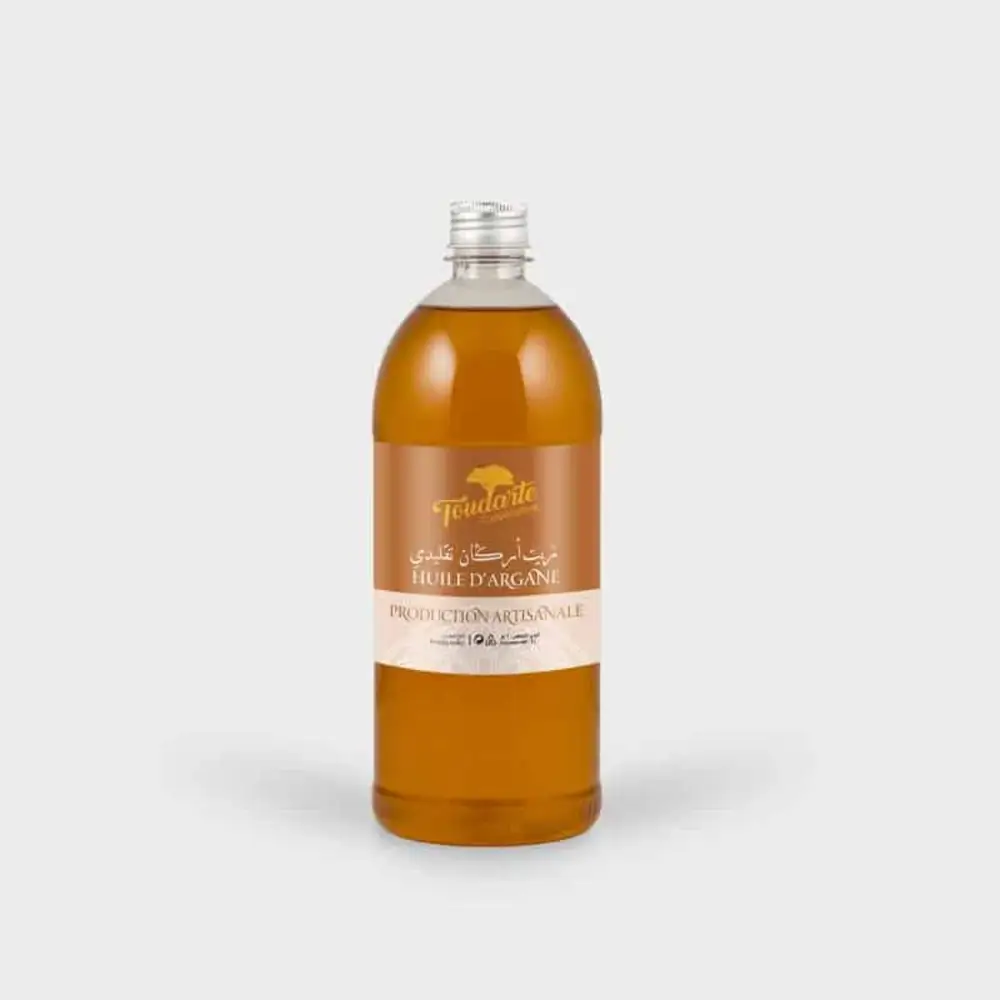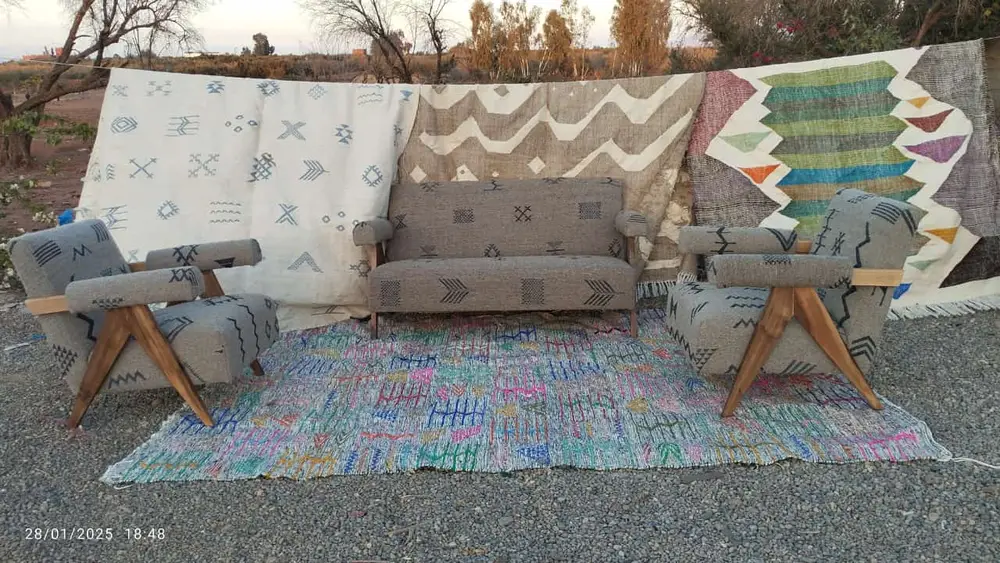rugs traditional maroccan
Traditional Moroccan rugs are handwoven textiles that embody the rich cultural heritage and artistry of Morocco. These rugs are crafted by indigenous Berber tribes, primarily women, using techniques passed down through generations. They are known for their unique designs, vibrant colors, and deep symbolism, making them both functional and decorative pieces. Below is a detailed description of traditional Moroccan rugs:
1. History and Origins
Moroccan rugs-making dates back to the Paleolithic Era, with the Berber tribes being the primary artisans. The tradition evolved from practical uses, such as floor coverings, blankets, and saddle pads, to becoming artistic expressions of the weavers’ lives and cultural identity147. The diverse climates of Morocco, from the snowy Atlas Mountains to the Sahara Desert, influenced the materials and designs of these rugs
2. Types of Moroccan Rugs
Traditional Moroccan rugs come in various styles, each reflecting the region and tribe of origin:

- Beni Ourain : Known for their neutral tones and geometric patterns, these r are made from undyed sheep wool and are highly prized for their minimalist elegance139.
- Azilal : Originating from the High Atlas Mountains, these feature vibrant colors and abstract, whimsical motifs inspired by nature23.
- Boucherouite : Made from recycled fabrics, these rugs are colorful and eclectic, showcasing the creativity of the weavers1312.
- Kilim : Flat-woven and lightweight, Kilim rugs are adorned with bold geometric patterns and are versatile for both floors and walls13.
- Taznakht : These rugs are intricately woven with symbolic motifs, reflecting the Berber heritage of southern Morocco16.
3. Materials and Techniques
Moroccan are typically made from natural materials such as sheep wool, camel hair, and cotton. The wool is often hand-spun and dyed using natural pigments derived from plants like indigo, henna, and saffron59. The weaving process is labor-intensive, with some taking weeks or even months to complete67.
4. Symbolism and Design
The designs of Moroccan are deeply symbolic, often representing the weaver’s personal experiences, tribal identity, or cultural beliefs. Common motifs include diamonds (symbolizing protection), zigzags (representing water or life), and floral patterns (inspired by nature)49. Colors also carry meaning: red for strength, blue for wisdom, and green for peace79.
5. Cultural and Modern Significance
Moroccan have transcended their traditional uses to become global design staples. They gained popularity in the mid-20th century when modernist designers like Le Corbusier incorporated them into sleek interiors112. Today, they are celebrated for their versatility, blending seamlessly with minimalist, bohemian, and eclectic decor styles29.
6. Ethical Considerations
When purchasing Moroccan it is important to ensure they are ethically sourced, with fair compensation for the artisans and respect for traditional craftsmanship212. Authentic rugs are handmade and often one-of-a-kind, reflecting the weaver’s individuality and cultural heritage57.
In summary, traditional Moroccan are more than just floor coverings; they are woven narratives of Morocco’s history, culture, and artistry. Their timeless appeal and craftsmanship continue to captivate collectors and designers worldwide.
When purchasing Moroccan, it is important to ensure they are ethically sourced, with fair compensation for the artisans and respect for traditional craftsmanship212. Authentic rugs are handmade and often one-of-a-kind, reflecting the weaver’s individuality and cultural heritage57.
In summary, traditional Moroccan are more than just floor coverings; they are woven narratives of Morocco’s history, culture, and artistry. Their timeless appeal and craftsmanship continue to captivate collectors and designers worldwide.
Moroccan have transcended their traditional uses to become global design staples. They gained popularity in the mid-20th century when modernist designers like Le Corbusier incorporated them into sleek interiors. Today, they are celebrated for their versatility, blending seamlessly with minimalist, bohemian, and eclectic decor styles
Discover more from handmadeegifts
Subscribe to get the latest posts sent to your email.

